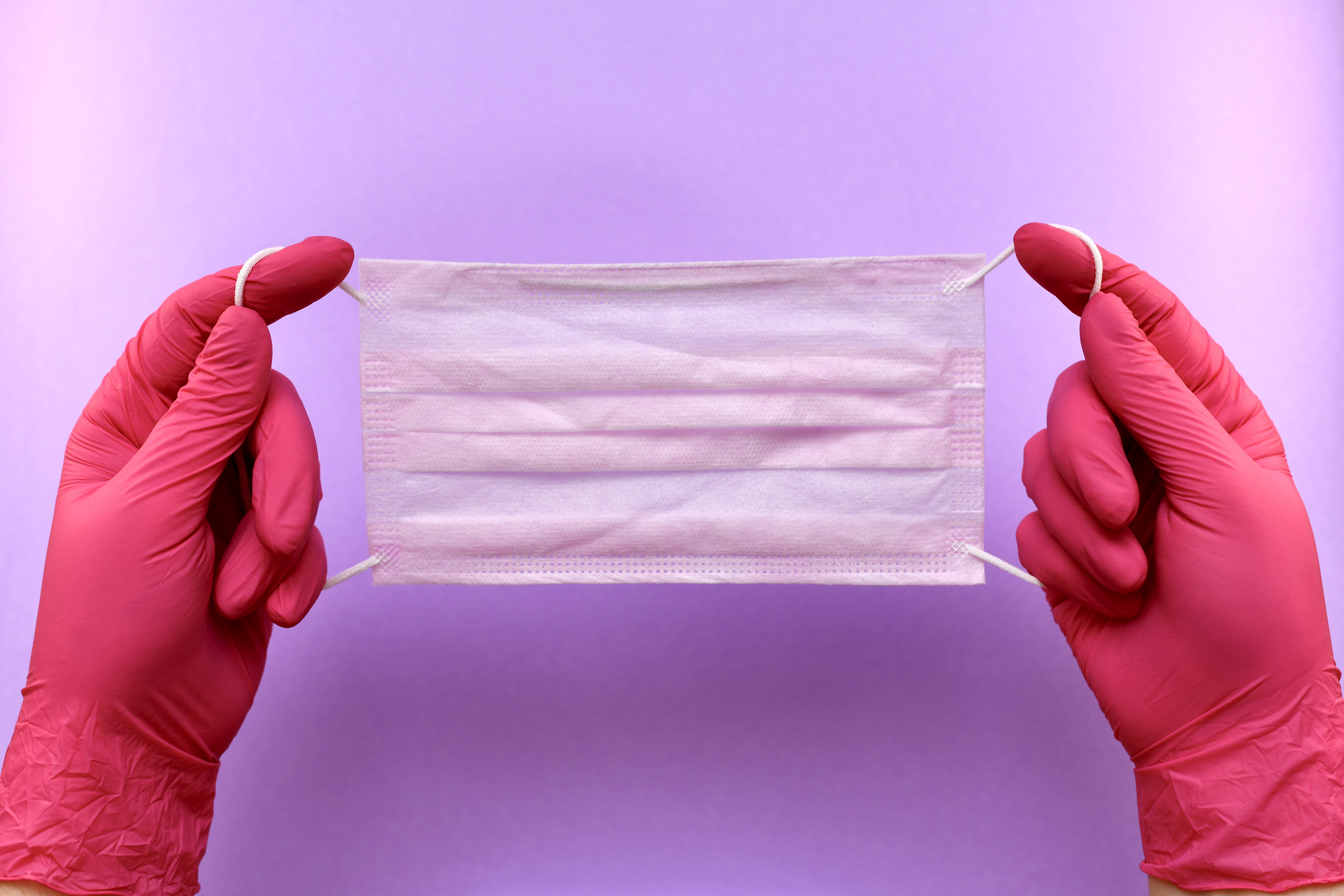Infection prevention and control advice – Part 2

We continue the second part of this two-part series focusing on dental infection prevention and patient and provider safety. Dr. Teresa J. Irizarry and Dr. Ana López Fuentes, who help oversee infection control protocol at the University of Puerto Rico Medical Science Campus’ dental clinic, discuss infection control protocol changes, who is ultimately responsible for infection control and whether anything will change because of Monkeypox.
What are some developments in the infection control protocol since the start of COVID-19?
Dr. López: We refocused and emphasized what we were already doing. We learned the importance of PPE use such as respirators and face shields when we generate aerosol. We learned the value of air quality in the clinic and educational settings. Air quality is of utmost significance when dealing with airborne infectious agents, not just COVID-19, but also influenza, tuberculosis, etc. We re-learned the meaning of good hand hygiene, masking and social distance in preventing the spread of any disease. We knew this all before COVID-19, we just had to emphasize it.
Dr. Irizarry: In general, infection control protocols have become more rigorous. The use of a face shield, antibacterial rinse and high-velocity suction is now compulsory. We are also more aware of who is properly vaccinated. We try to use the rubber dam in all procedures that allow it. We are aware of the distance dental chairs must have to each other and make sure the air conditioner and air filters are functioning correctly. We now wear N95 masks, which have a protective seal.
Will there be an extra protocol or screening added because of Monkeypox?
Dr. López: Monkeypox is a skin-to-skin transmitted disease, and we must be aware and learn about the signs and symptoms of the disease. It is a public health risk. The WHO defined it as a “multi-country outbreak”, cases are on the rise and it’s very contagious. Monkeypox may be associated with other diseases such as herpes zoster, herpes simplex, measles, zika, dengue and syphilis. We must take a good quality oral medical history every time we see a new or recurring patient and ask for signs and symptoms. Every single time a student seats a patient at the clinic, the medical oral history must be updated.
Monkeypox is a diagnostic challenge. If we see oral lesions or small blisters in the lip, mucosa or periodontal area, we must ask the right questions as we may have been exposed and later expose others. Some questions students may ask the patients are: “Have you recently traveled to an area with a high rate of Monkeypox?” “Have you been in contact with a person that has Monkeypox?” “Have you experienced fever, chills or any other symptoms of Monkeypox?” “Are you vaccinated for measles or Monkeypox?” “Have you seen pimples, blisters, lesions or ulcers around your mouth, lip or face?”
Dr. Irizarry: Monkeypox’s most common symptoms start like any other infectious disease, such as influenza. Patients may have a fever, headache, discomfort, etc., which we already screen for when checking for other diseases such as COVID-19. We could add that if a patient or student sees a suspicious skin lesion, they should reschedule the appointment until the lesion’s diagnosis is confirmed. Apart from that, the current protocols are thorough.
How would you rate infection control at the dental school clinic?
Dr. López: We have a good history of compliance, but we also must work daily on getting better. The health and safety for all is our professional, ethical and social responsibility shared by everyone in the clinic setting. It is not the responsibility of an infection prevention or safety officer. The school and dental practices must follow federal and local laws. The school must follow prevention and infection control protocols to high standards to receive its accreditation by the Commission on Dental Accreditation.
Dr. Irizarry: While there is always room for improvement, we constantly educate students on infection control beginning the first year of dental school. We start with the theory and steps to take to protect yourself and everyone around you. Infection control and safety are reiterated in each class. We give examples of what could happen if these protocols aren’t followed. We try to instill in students a sense of ethics regarding infection control. You shouldn’t follow these protocols because the professor is examining you and they will remove points from your evaluation, but because it’ the standard of care your patients deserve, and you should do your best to protect yourself and everyone around you.
As new students join the clinic, they learn to put into practice everything they have learned. They may make mistakes at first, but that is why we guide them and make them constantly repeat the same protocols. We hope this encourages correct habits and will eventually become second nature.
As health professionals, I hope we can all agree achieving effective preventive infection control involves a team effort and constant vigilance. It’s our ethical and professional duty. When starting our health education, we all swore the Hippocratic oath, which among other values states: “I will prevent disease whenever I can, for prevention is preferable to cure. I will remember that I remain a member of society, with special obligations to all my fellow human beings.” As we move forward, I hope we don’t take these principles for granted. emphasized in these trying times when health concerns are on the rise.
~Ana P. López Santa, Puerto Rico ‘25


